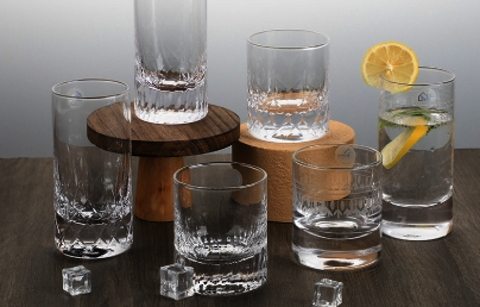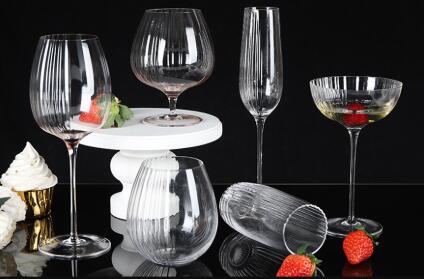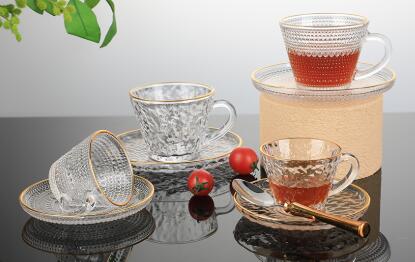Breif introduction of forming methods for glassware items in Garbo company
Pulished on Jun. 18, 2022What are the forming methods of the glass?
Today's article mainly introduces some of our common glass-forming methods so that consumers can know more about the process of our products.
1) blow molding.
There are two ways of manual and mechanical blowing:
1. During manual molding, the hand-held blowpipe is picked up from the crucible or the feed mouth of the tank kiln and blown into a device shape in an iron mold or a wood mold. Smooth round products are used by rotary blowing, and products with convex and concave patterns or non-circular shapes are used by static blowing. First, pick colorless material to blow into small bubbles, and then use small bubbles to pick color material or opaque material to blow into a device shape, which is called sleeve material blowing. Use color fusible particles to stick to the opaque set material, various colors naturally melt, and can be blown into natural scenery utensils; ribbon opaque materials on color materials can be blown into wiredrawing utensils.
2. Mechanical molding is used for blowing large quantities of products. After receiving the material, the blowing machine will automatically close the iron mold and blow it into the shape, and after molding, the cap mouth will be removed to form utensils. You can also use pressure-blowing molding, first flush the material into small bubbles (prototype), and then continue to blow into the shape of the device. It is more efficient and of better quality than simply using a blowing machine.
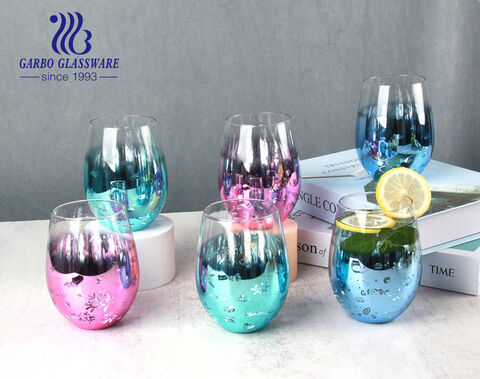
2) pressing forming.
During artificial molding, the material is manually picked into an iron die, driven by a punch, pressed into a device shape, solidified, and then demoulded. Automatic production of mechanical molding, large batch, and high efficiency. Pressing molding is suitable for small tools with large bottoms, such as glass cups, glass candlesticks, glass jars, glass bottles, and so on.
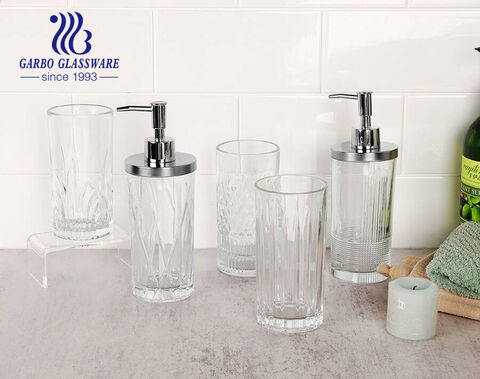
3) Free forming.
Also known as modeless molding. Repeatedly bake and modify or heat-bond the material in front of the kiln by manual picking. Due to the lack of contact with the mold, the glass surface is bright and the shape of the product is smooth. The finished product is also called kiln glass products.
4) centrifugal molding.
The material is in the rotating mold. due to the centrifugal force caused by the rotation, the glass unfolds and clings to the mold and is taken out after solidification. It is suitable for the forming of large glassware with uniform walls.
The forming process of glass products is basically the above four, you can choose different processes to make your products according to your needs.







